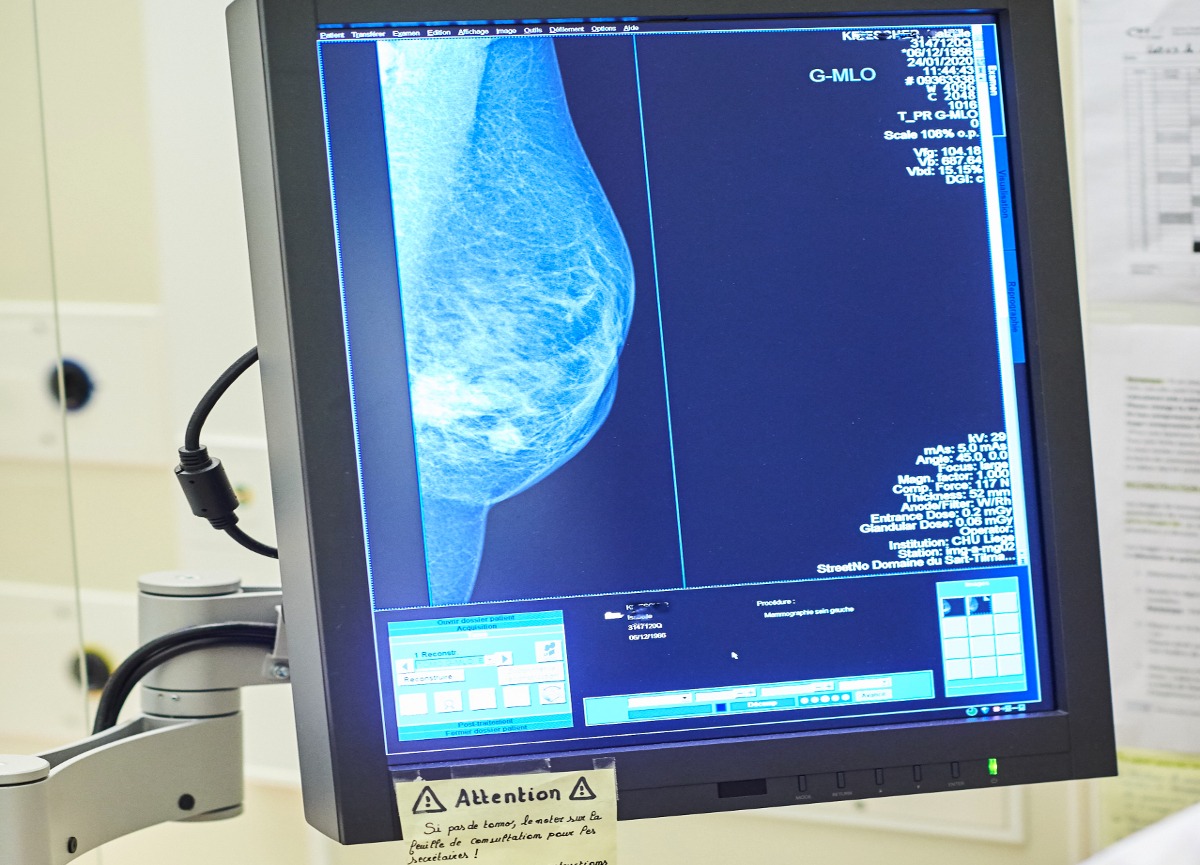A public search on Nature Cancer reveals how to prevent breast cancer from recurring. The hope
A really important discovery for women. Patients with the most common type of breast cancer are at continued risk of recurrence to the lungs (also called secondary or metastatic breast cancer) for many years. It happens over the years and can occur even decades later.
Scientists at the Institute of Cancer Research in London have discovered why this happens and how to stop the degeneration that causes death.
According to the International Agency for Research on Cancer, breast cancer in 2020 would have been around 1,979,022 cases, with 620,676 deaths.
Globocan, the online database that provides global cancer statistics, estimates that 5.8 million women will die of breast cancer by 2025. Every year, 2.3 million cases arise worldwide and almost 80% of deaths are in low- and middle-income countries. In 95% of countries, breast cancer is the first or second cause of female cancer death. With 4.4 million women dying from cancer in 2020, nearly one million children were orphaned, 25% of those deaths being caused by breast cancer.
The research, funded by Breast Cancer Now, was published in the journal Nature Cancer and reveals the mechanism that triggers the recurrence: the molecular changes within the lung that occur as women age.
The Institute of Cancer Research in London has discovered that it is the protein called PDGF-C, present in the lung, that “awakens” the dormant cells which then cause breast cancer. The level of this protein increases in an aging lung, when cellular tissue is damaged or affected, with the effect of being able to grow the secondary tumor.
Cancer cells can survive in organs that are even distant and for decades, remaining in one state sleepy.
The researchers then blocked the activity of the PDGF-C protein in the experimental mice with a drug called imatinib, currently used to treat patients with chronic myeloid leukemia and treated mice before and after tumor development. The reduction in cancer in mice was very significant indeed to open up a completely new scenario in pharmacological treatment.
Subscribe to the newsletter
